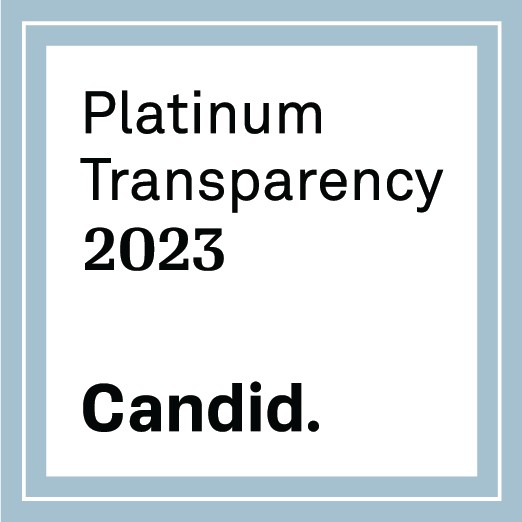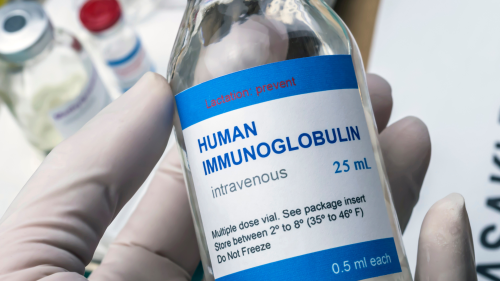
-
Understanding primary immunodeficiency (PI)

Understanding PI
The more you understand about primary immunodeficiency (PI), the better you can live with the disease or support others in your life with PI. Learn more about PI, including the various diagnoses and treatment options.
-
Living with PI
-
Addressing mental health
-
Explaining your diagnosis
- General care
- Get support
- For parents and guardians
-
Managing workplace issues
- Navigating insurance
-
Traveling safely

Living with PI
Living with primary immunodeficiency (PI) can be challenging, but you’re not alone—many people with PI lead full and active lives. With the right support and resources, you can, too.
-
Addressing mental health
-
Get involved

Get involved
Be a hero for those with PI. Change lives by promoting primary immunodeficiency (PI) awareness and taking action in your community through advocacy, donating, volunteering, or fundraising.
-
Advancing research and clinical care
-
Grants
-
IDF surveys
-
Participating in clinical trials
-
Diagnosing PI
-
Consulting immunologist
-
Clinician education

Advancing research and clinical care
Whether you’re a clinician, researcher, or an individual with primary immunodeficiency (PI), IDF has resources to help you advance the field. Get details on surveys, grants, and clinical trials.
-
Grants
When the pandemic hit, the Plasma Protein Therapeutics Association (PPTA) met with the U.S. Department of Homeland Security and European officials to ensure that plasma donation centers were deemed essential businesses. Those efforts kept the doors open at the more than 860 centers nationwide, but that didn’t mean that donors walked through them.
“In spite of that, donors had a lot of trepidation. I think everyone did at the beginning of the pandemic,” said Amy Efantis, PPTA President and CEO, who added that PPTA published a message on its website assuring donors of the safety protocols in place at the centers.
As a result, the industry is facing a decline in donations that could affect the future of plasma availability.
“We know that right now is the time for plasma. We need plasma collected right now, and this is our mission at PPTA. This is something I feel very passionate about, as does our staff, and this continues to be our focus,” said Ms. Efantis.
Ms. Efantis, along with Julie Birkofer, PPTA Senior Vice President of Public Affairs, delivered a presentation, “The Power of Plasma,” as part of an IDF Forum on September 15. The presentation included an introduction to PPTA and its advocacy campaigns, an explanation of the collection process, an overview of plasma collection trends, and an outline of ways everyone can be advocates for plasma donation.
The PPTA is both a trade and standard-setting organization representing the private sector producers of plasma-based and recombinant biological therapeutics. The PPTA and its members engage in establishing the standards for the manufacturing of plasma, pathogen safety, and advocacy. PPTA global members provide more than 80 percent of the world’s source plasma and the majority of the world’s plasma protein therapies.
Ms. Efantis said that when the pandemic began, the six-member board of directors came together to discuss how to move forward.
“This is a highly competitive environment and they put all that aside and came together in cooperation with one another and summoned cooperation with governments or other partners but all of them are involved in projects to address the health of COVID patients as well,” said. Ms. Efantis.
Other key stakeholders in PPTA are groups supporting communities who benefit from plasma-protein therapies, such as IDF. Ms. Birkofer praised IDF’s leadership and advocacy.
“In the context of health policy, rare disease groups are small and when you’re really small you’ve got to be mighty and you have to have your voice and be engaged. You are so fortunate to have IDF to help lift you up and give you strength,” she said.
As part of its advocacy efforts, PPTA created the “How Is Your Day?” campaign,devoted to raising awareness of plasma protein therapies and the value they provide patients. The goal is to inform and educate decision-makers, as well as the general public, about the importance of plasma protein therapies.
In another effort to advocate for plasma therapy, PPTA developed www.donatingplasma.org, a website devoted to providing information on the need for source plasma, what to expect in donating plasma, plasma collection safety and quality standards, and the therapeutic uses of plasma. Some information shared on that website includes:
- Once plasma is taken and tested for suitability, it’s frozen, held for 60 days, and then pooled with other donations. Proteins are then extracted, purified, and adjusted for dosage before becoming a product.
- Every year, it takes 130 plasma donations to treat one person with PI, and currently, about 45,000 are on the therapy. Plasma, rich in antibodies, helps those with PI fight recurrent infections and illnesses.
- That entire process can take anywhere from 7 to 12 months
Ms. Efantis said plasma protein therapy is a resource-intense therapy. Unlike pills that can source chemicals to make more, or even biologics, for which cell lines can be acquired, plasma-based therapies rely solely on donations.
Though plasma donations have steadily increased since 2008, even in 2019, when donations proved strongest, some people faced challenges obtaining the therapy. With the pandemic interrupting the stream of donations now, it’s imperative that industry and constituents work together to promote plasma donation.
“As an industry, we’ve had industry-wide efforts to address this. Early on, we joined a coalition with other stakeholders and our companies have certainly shown a sincere commitment to not just the collection of COVID plasma, but source plasma as the core of their business,” said Ms. Efantis, adding that the PPTA has used social media channels to share its message, increasing efforts in the United States and establishing a presence in Europe.
“Obviously, at PPTA this is part of our wheelhouse, this is what we do – we’re actively engaging with federal, state, local policymakers, to trumpet this message. But, we really need help with making sure that that’s reaching the right folks, and again, while convalescent plasma is really important, source plasma – there’s a perpetual need for this,” she explained.
The PI community can also speak out about outdated regulations that inhibit plasma collections.
“If I were to show you a map of where plasma centers are in the United States, you’d see that there is a disproportionate burden that’s born on the Rust Belt and the Sun Belt,” said Ms. Efantis.
“There are regions like the state of California and New York that have very few plasma centers because of some outdated regulations in those states. So, we urge you to reach out to lawmakers to clear the way for increased plasma collection so that we can meet patient clinical needs.”
Members of the community can also utilize their own social media accounts to spread the word about plasma, and they can encourage friends and family to donate.
To listen to the entire “Power of Plasma” presentation, click here.
Topics
Sign up for updates from IDF
Receive news and helpful resources to your cell phone or inbox. You can change or cancel your subscription at any time.





The Immune Deficiency Foundation improves the diagnosis, treatment, and quality of life for every person affected by primary immunodeficiency.
We foster a community that is connected, engaged, and empowered through advocacy, education, and research.
Combined Charity Campaign | CFC# 66309




